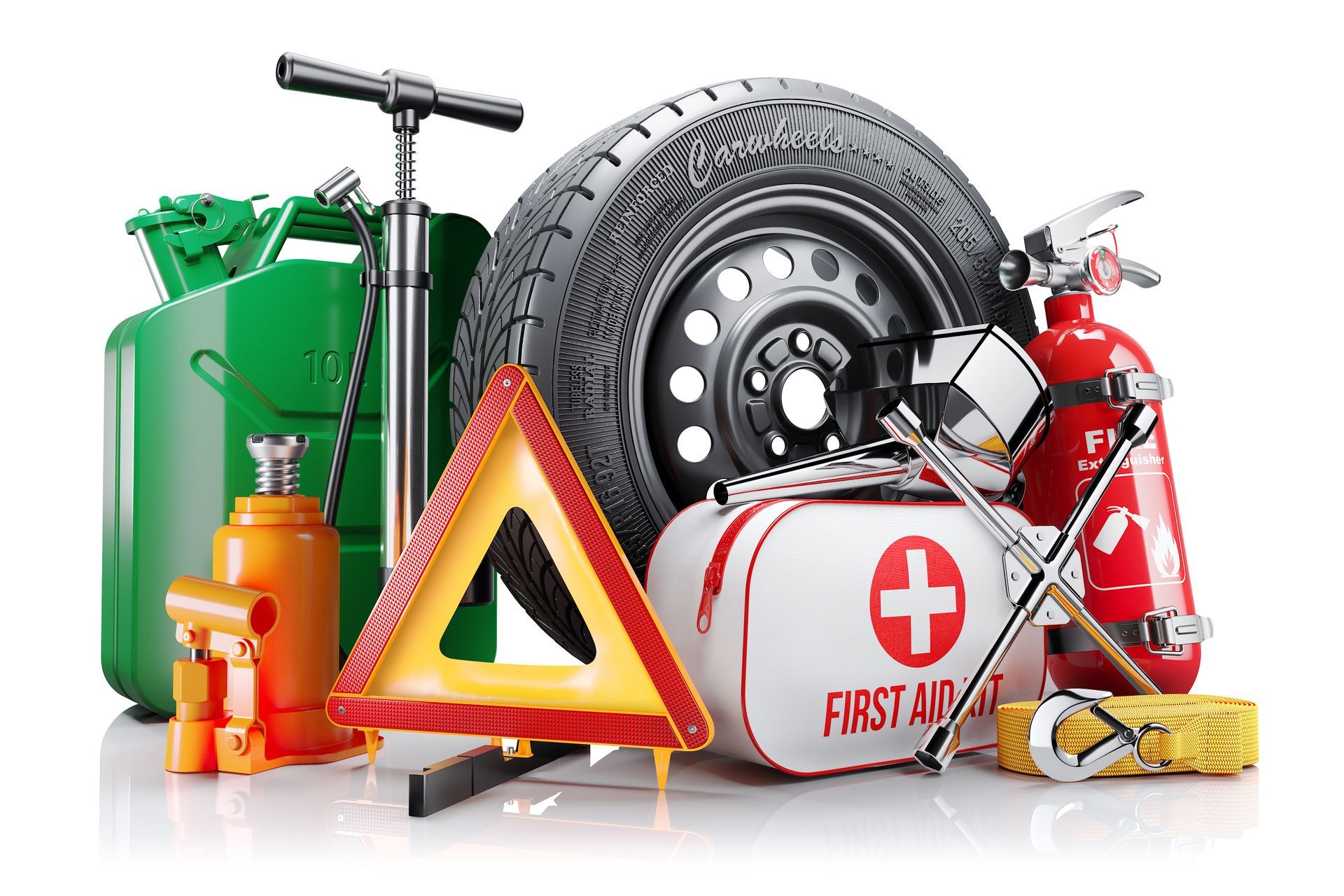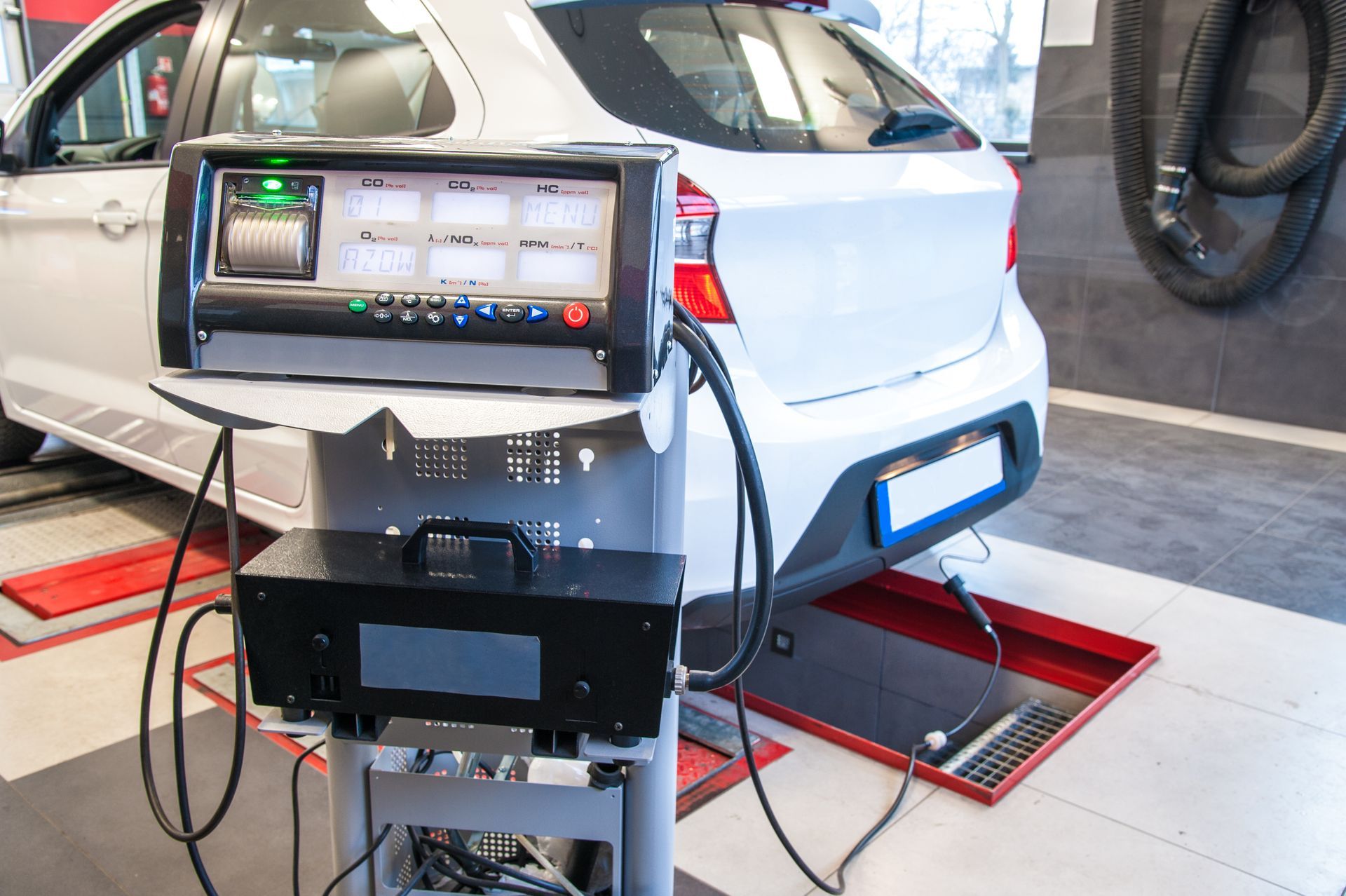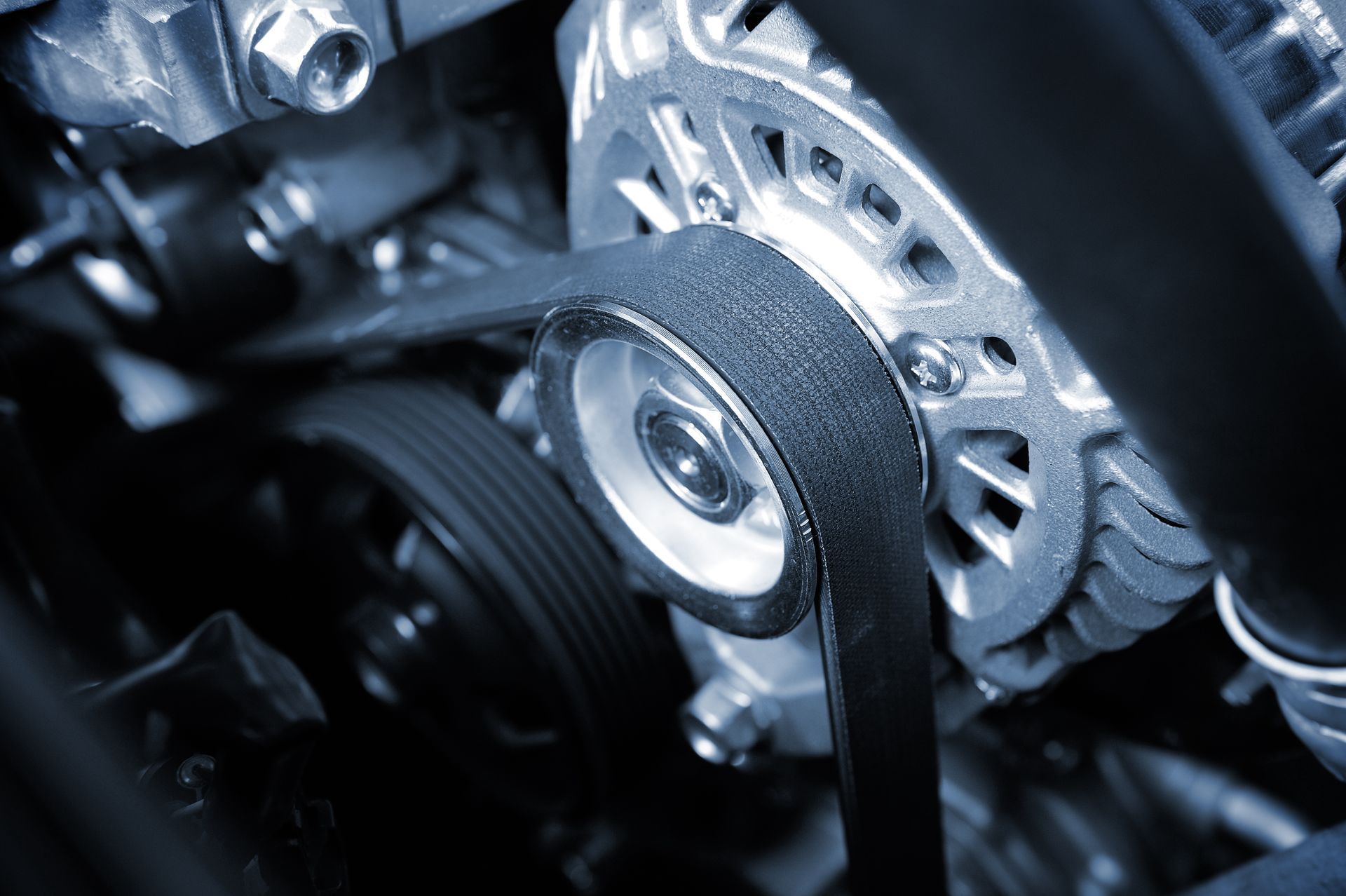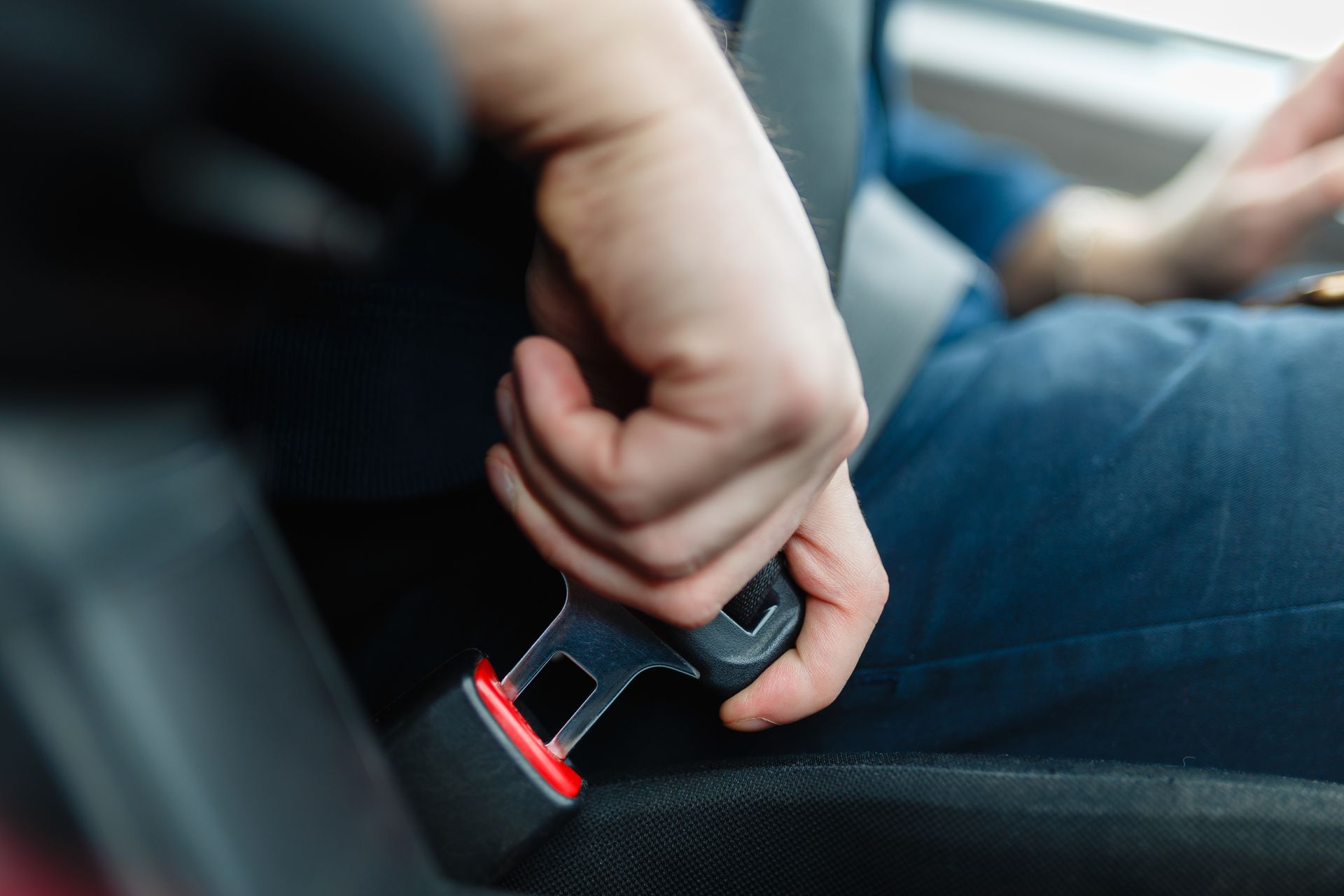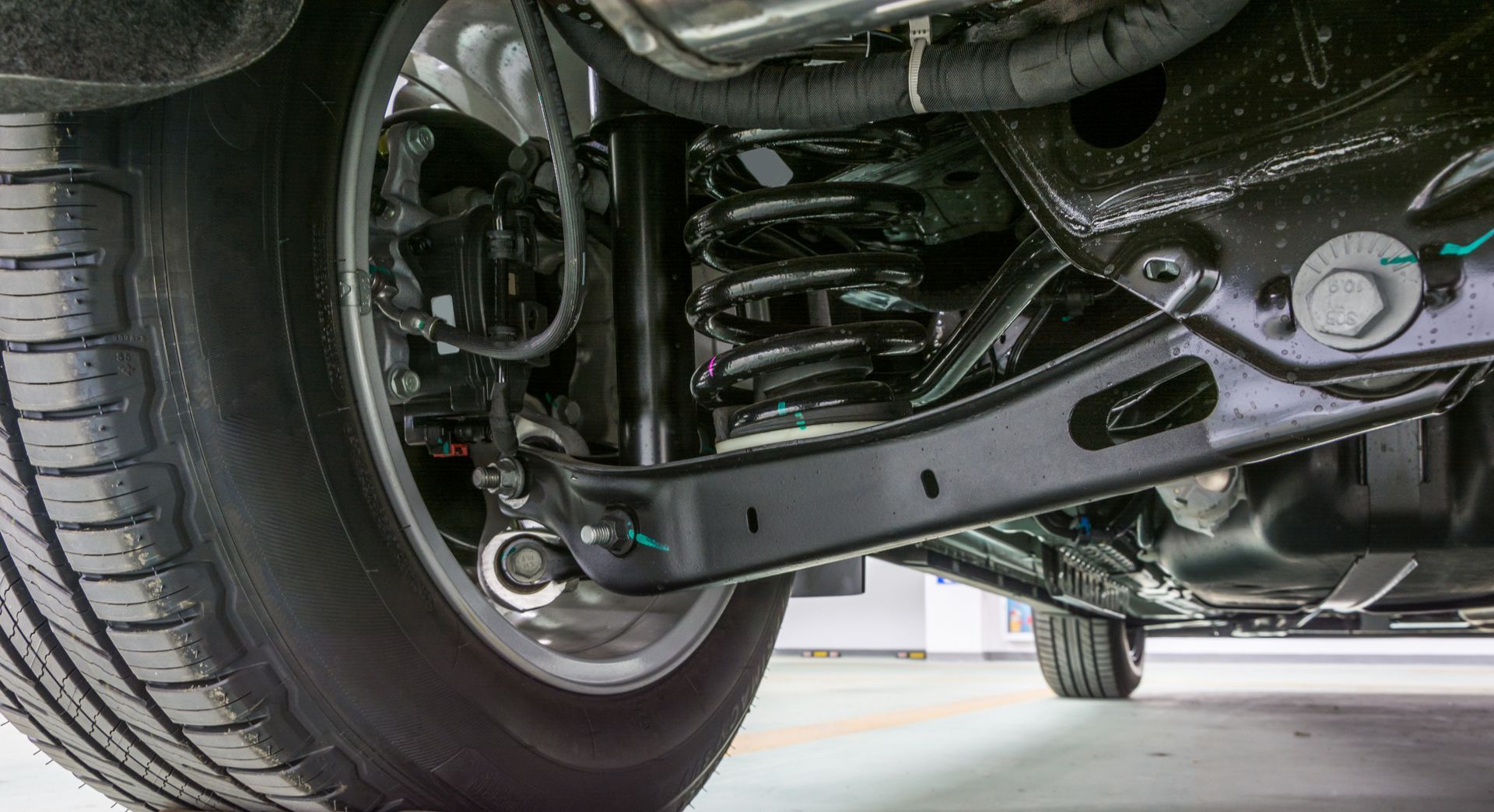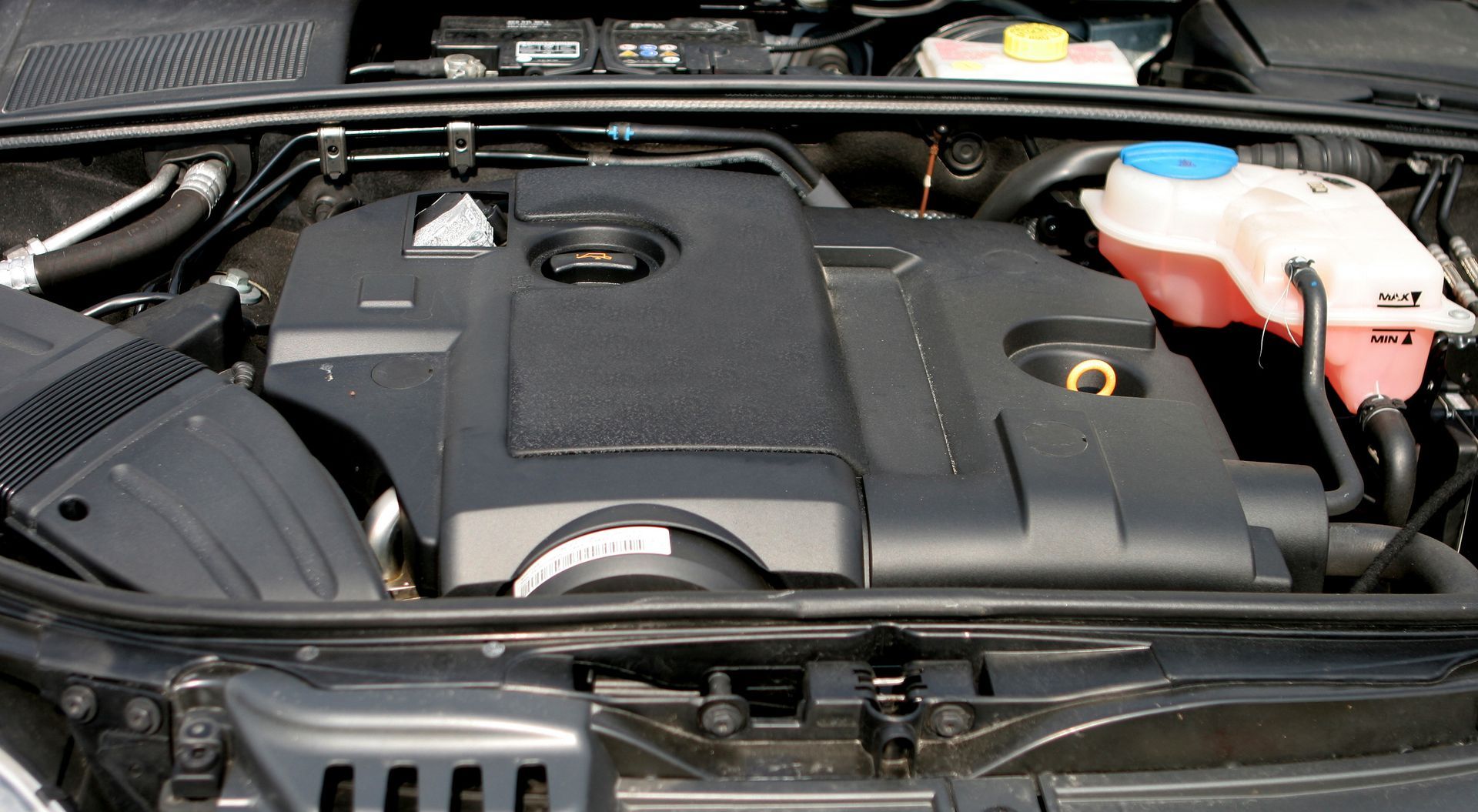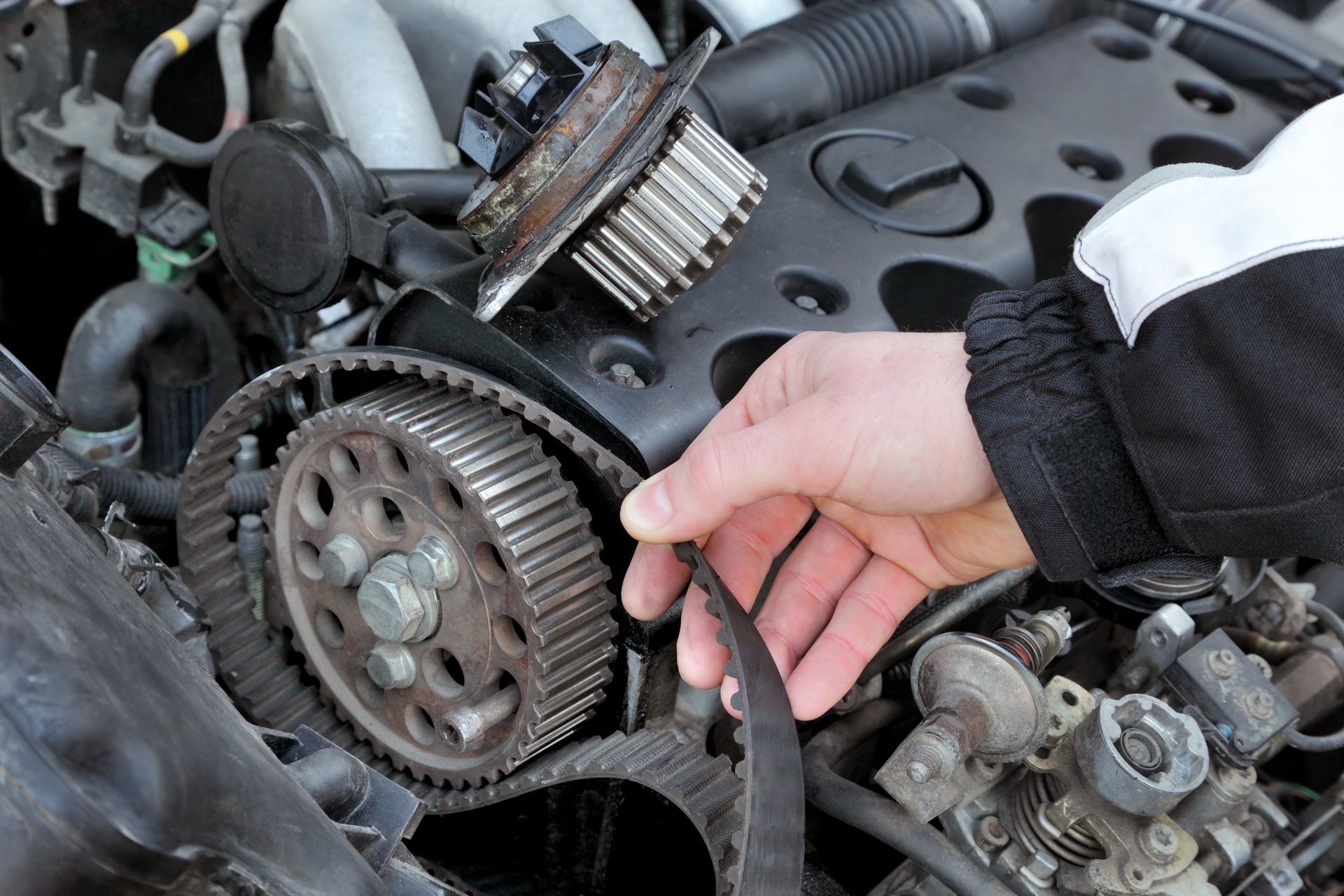When cruising down the road, the last thing you want to see is the temperature gauge creeping into the red zone. Engine overheating is a common yet alarming issue that can lead to significant damage if not addressed promptly. But what exactly causes an engine to overheat? Let's explore the common culprits behind this automotive woe and how to prevent it from happening to your vehicle.
What is Engine Overheating
An engine overheats when it runs at a temperature higher than its optimal operating range. Vehicles are designed to maintain a specific temperature range, and any deviation can spell trouble. Overheating can result in a breakdown, engine damage, and costly repairs.
Low Coolant Levels
One of the most common causes of engine overheating is low coolant levels. Coolant, also known as antifreeze, regulates the engine's temperature. It absorbs heat from the engine and dissipates it through the radiator. If the coolant level is low, there isn't enough fluid to absorb the heat, causing the engine temperature to rise.
Why Does Coolant Get Low?
Coolant levels can drop due to leaks in the radiator, hoses, water pump, or other components. Regularly checking your coolant levels and topping up as necessary can prevent overheating. Additionally, inspecting your vehicle for leaks and repairing them promptly is crucial.
Faulty Thermostat
The thermostat in your vehicle is a small but vital component. It regulates the flow of coolant between the engine and the radiator. If the thermostat gets stuck in the closed position, it blocks the coolant flow, causing the engine to overheat.
Symptoms of a Faulty Thermostat
A stuck thermostat can lead to erratic temperature readings, a heater that blows cold air, and, most notably, an engine overheating. Replacing a faulty thermostat is relatively inexpensive and can save you from more severe engine damage.
Radiator Issues
The radiator plays a crucial role in dissipating the heat absorbed by the coolant. If the radiator is clogged or damaged, it can't effectively cool the coolant, leading to an overheating engine.
Common Radiator Problems
Radiators can become clogged with dirt, debris, or rust over time. Additionally, damaged radiator fins or leaks can impede its function. Regular maintenance, including flushing the radiator and checking for leaks, can help prevent these issues.
Water Pump Failure
The water pump is responsible for circulating coolant throughout the engine. If the water pump fails, the coolant won't circulate properly, causing the engine to overheat.
Signs of a Failing Water Pump
A failing water pump may produce a whining or grinding noise, and you might notice coolant leaking from the front of the engine. Addressing water pump issues promptly can prevent overheating and further engine damage.
Broken or Loose Belts
Belts in your vehicle, such as the serpentine belt, play a role in driving the water pump and other components. If a belt breaks or becomes loose, the water pump might not function correctly, leading to overheating.
Regular Belt Inspection
Regularly inspecting and maintaining your vehicle's belts can prevent overheating. Replace worn or damaged belts to ensure all engine components operate smoothly.
Cooling Fan Malfunction
The cooling fan helps draw air through the radiator when the vehicle isn't moving fast enough to create natural airflow. If the cooling fan malfunctions, it can cause the engine to overheat, especially in stop-and-go traffic.
Detecting Fan Issues
Listen for unusual noises when the fan is operating or check if the fan engages when the engine heats up. Electrical issues, such as blown fuses or a faulty relay, can also affect the cooling fan's operation.
Preventative Measures and Maintenance Tips
Regular maintenance is key to preventing engine overheating. Here are some tips to keep your engine running at the right temperature:
1. Regular Coolant Checks
Check your coolant levels regularly and top up as needed. Ensure you're using the correct type of coolant for your vehicle.
2. Radiator Flush
Perform a radiator flush according to your vehicle manufacturer's recommendations to remove any debris or build-up.
3. Inspect Belts and Hoses
Regularly inspect belts and hoses for signs of wear or damage. Replace them if necessary to ensure the smooth operation of your vehicle's cooling system.
4. Monitor Temperature Gauge
Keep an eye on your temperature gauge while driving. If it starts to rise, pull over safely and let the engine cool down before checking for issues.
Stay ahead of engine problems with
preventative care from
Top Gun Auto Repair. Our skilled technicians will keep your vehicle's cooling system in top condition. Contact us today to learn more!

